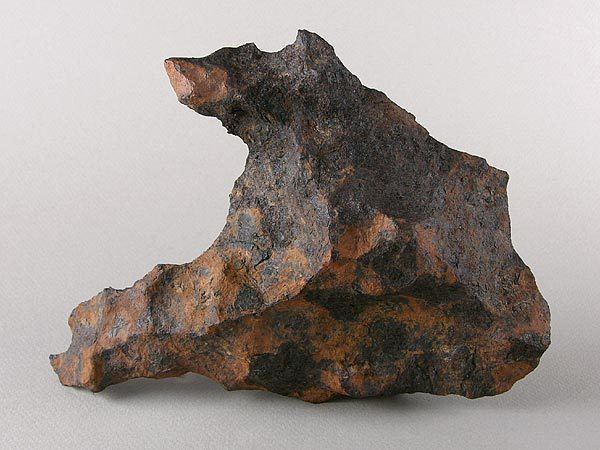Group IAB-MG | Country United States | |
 | ||
Composition 7.1% Ni; 0.46% Co; 0.26% P; 1% C; 1% S; 80ppm Ga; 320ppm Ge; 1,9ppm Ir Region | ||
The Canyon Diablo meteorites include the many fragments of the asteroid that created the Barringer Crater (Meteor Crater), Arizona, United States. Meteorites have been found around the crater rim, and are named for nearby Canyon Diablo, which lies about three to four miles west of the crater.
Contents
HistoryEdit
The asteroid fell about 50,000 years ago. The meteorites have been known and collected since the mid-19th century and were known and used by pre-historic Native Americans. The Barringer Crater, from the late 19th to the mid-20th century, was the center of a long dispute over the origin of craters that showed little evidence of volcanism. That debate was settled in the 1950s thanks to Eugene Shoemaker's study of the crater.
In 1953, Clair Cameron Patterson measured ratios of the lead isotopes in samples of the meteorite. The result permitted a refinement of the estimate of the age of the Earth to 4.550 billion years (± 70 million years).
Composition and classificationEdit
This meteorite is an iron octahedrite. Minerals reported from the meteorite include:
Samples may contain troilite-graphite nodules with metal veins and small diamonds.
FragmentsEdit
The biggest fragment ever found is the Holsinger Meteorite, weighing 639 kilograms (1,409 lb), now on display in the Meteor Crater Visitor Center on the rim of the crater. Other famous fragments:
